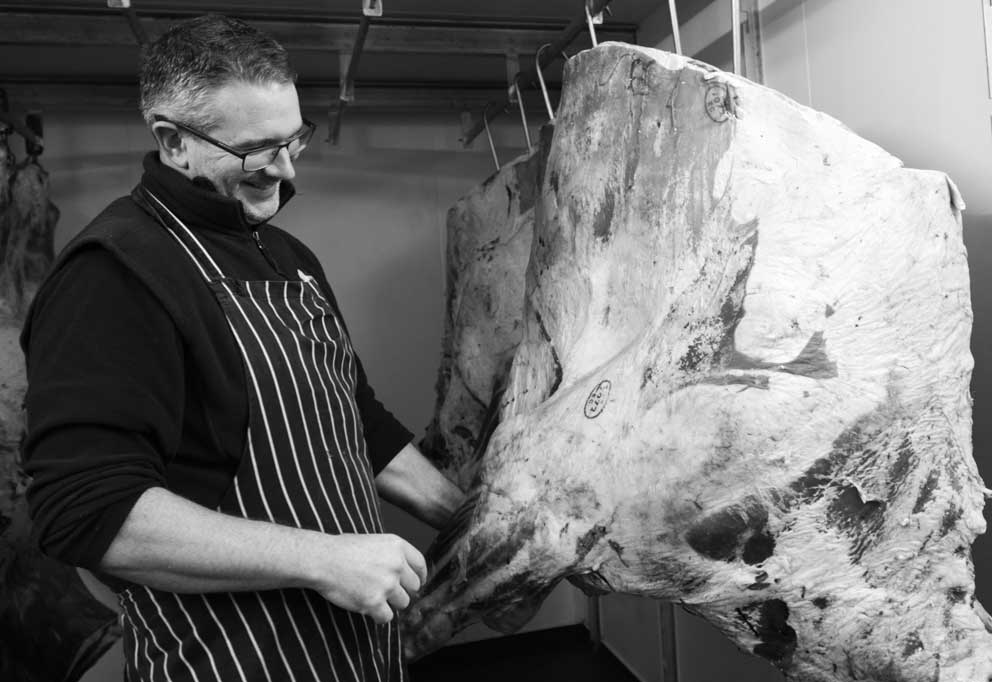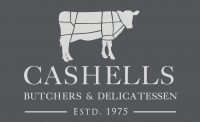
Grass fed?
 We’re often asked whether our beef and lamb is grass fed, and the answer is mostly – but it depends on the season, and on the vagaries of the weather.
We’re often asked whether our beef and lamb is grass fed, and the answer is mostly – but it depends on the season, and on the vagaries of the weather.
The whole grass-fed debate has arisen largely because in certain countries, including parts of the US, South America and Australia, beef cattle are often reared intensively, grown and fattened quickly on large amounts of soya and grain. This kind of system produces large amounts of meat, but it’s questionable in terms of animal welfare and can have a serious negative impact on the environment through pollution and deforestation.
Here in Wales, where plentiful rainfall means lush green pastures for large parts of the year, most beef and lamb is reared the traditional way – slowly and naturally outdoors on grass. But in winter, when the grass stops growing, or if there’s a prolonged drought, as there was in the summer of 2018, the animals do need supplementary feeding.
Like us, our farmers believe that you only get out what you put in – so they choose quality home-grown fodder, including their own hay and forage, along with cereals and essential minerals. It’s a low-input system, with minimal road miles and full traceability.
What about free range?
Our beef farmers graze their stock on pasture for most of the year. But if the weather is bad, especially when it’s cold and wet, like us, most cattle prefer to be under cover. Sheep are out in all but the worst weather – although early-lambing flocks, which lamb in the depths of winter, will be brought inside to protect their newborn lambs from the cold.
Handled humanely
Working directly with local farmers we know and trust works well for everyone. They get a better price for their stock because we cut out the middlemen. And in return, we know we get the very best meat.
Our suppliers select animals for us each week, choosing them as they naturally mature, and taking them personally to the small local abattoir in Talgarth or Raglan. It’s a short trip, and the animals are despatched quickly and humanely, without being subjected to the stress of going to market or long road journeys.
That’s better for the animals, and also for us, because a stressed animal produces lactic acid, which spoils the meat, making it drier, tougher, and crucially, less flavoursome. We can tell simply by looking at the carcasses that our meat comes from animals that have been handled with care – and that’s good to know.
Properly hung
We’re traditional butchers, so we hang our meat properly. Our beef is quartered and matured on the bone for a minimum of 21 days in our temperature-controlled dry ageing room. Then we break the quarters down and mature the premium joints – the ribs, sirloin and T-bones – for an additional seven days.
Dry ageing draws out surplus moisture and concentrates the flavour. It also makes the meat more tender, so you get really rich-tasting beef that cooks to perfect succulence.
Hanging is also important for lamb and pork, but because the carcasses are smaller, they need less time. We find that five days maturation on the bone gives us the perfect balance of tenderness and well-developed flavour, without drying the meat out.
